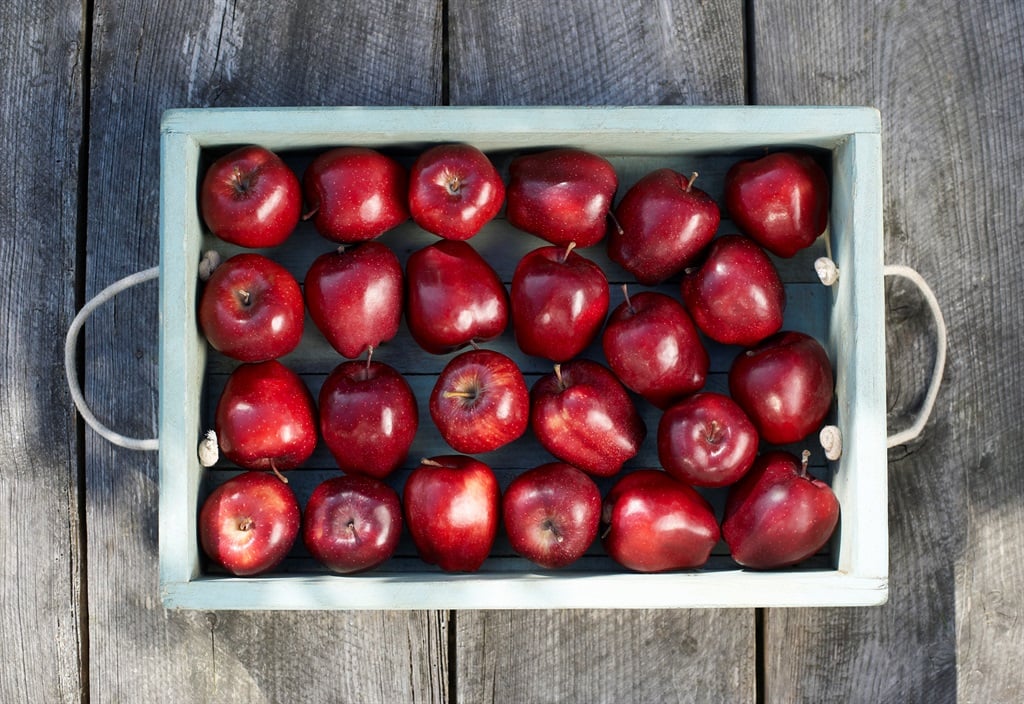
Hail damage in the Ceres and Grabouw regions of the Western Cape has reduced this year's marketable crop of apples and pears.
Tru-Cape Fruit Marketing, one of South Africa's leading exporters of apples and pears, predicts that this year's volume of marketable fruit will be between 8% and 10% lower than last year, mainly due to hail damage.
In January, industry body Hortgro estimated that SA apple exports could decrease by 1% this season from roughly 45.3 million (12.5kg-equivalent) cartons in the previous season to 44.8 million cartons.
Pear exports are expected to drop 3% from 21.2 million cartons in the previous season to 20.6 million cartons this season.
Tru-Cape currently exports about 70% of the crop while 30% remains on the local market.
According to Tru-Cape managing director Roelf Pienaar, price inflation puts pressure on consumers globally. As a result of less disposable income, they then tend to buy less and cheaper. At the same time, he expects a price adjustment as growers are hard-pressed to continue working for marginal returns.
Another trend is that buyers want higher-coloured apples - "the redder, the better".
"The good news is that our growers continue to invest in Gala-types and varieties such as Cripps Red which are in demand. Golden Delicious remains our most popular variety - especially in west Africa - and makes up about 20% of our apple basket," says Pienaar.
While Europe and the UK remain important markets for Tru-Cape, Pienaar foresees future market growth is likely to be in Africa, India, China, and the Middle East.
Shipping challenges remain. The costs on some shipping routes have increased threefold, and earlier this year the Cape Town port had to stop operations for 55 and 52 hours respectively due to strong winds. This negatively impacted the loading of ships.
Last but not least, load shedding is taking a toll on farmers. For example, one Elgin fruit grower is spending R150 000 a month on diesel for generators to power irrigation.
"We will only know the full impact of the cost of load shedding at the end of this year, but it will be millions of rands," says Pienaar. "While packhouses have largely invested in renewable energy sources, this cost has also come off the grower's bottom line."


